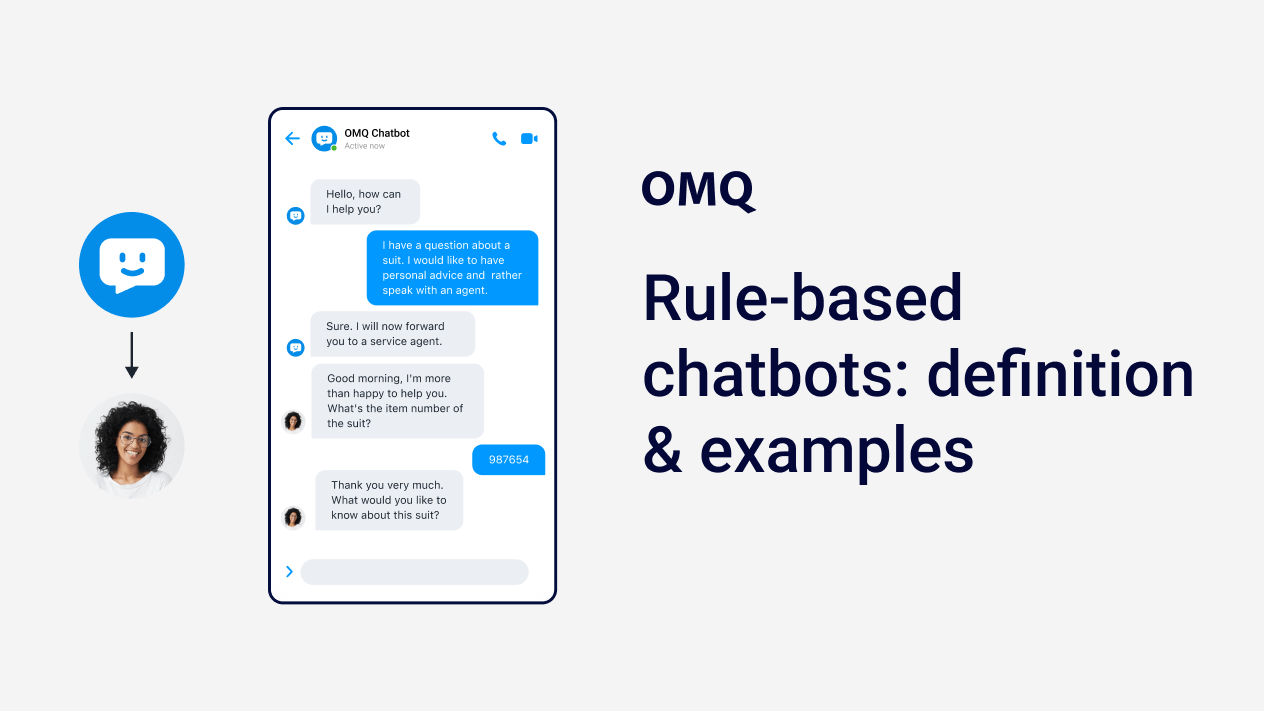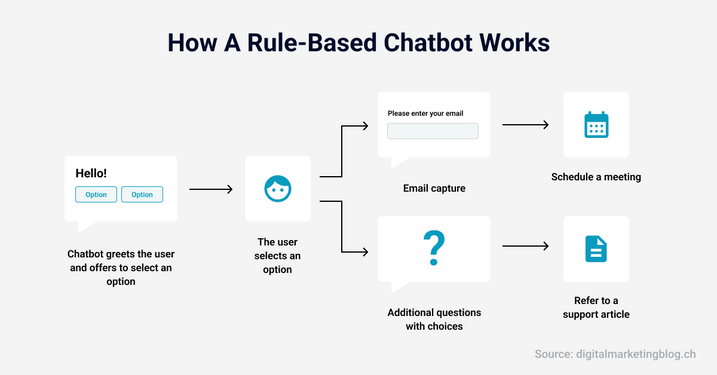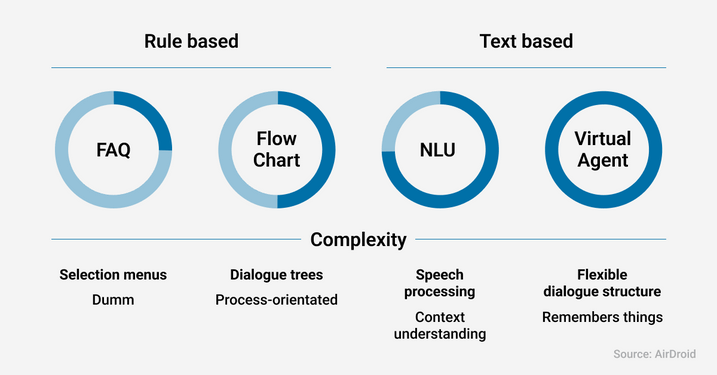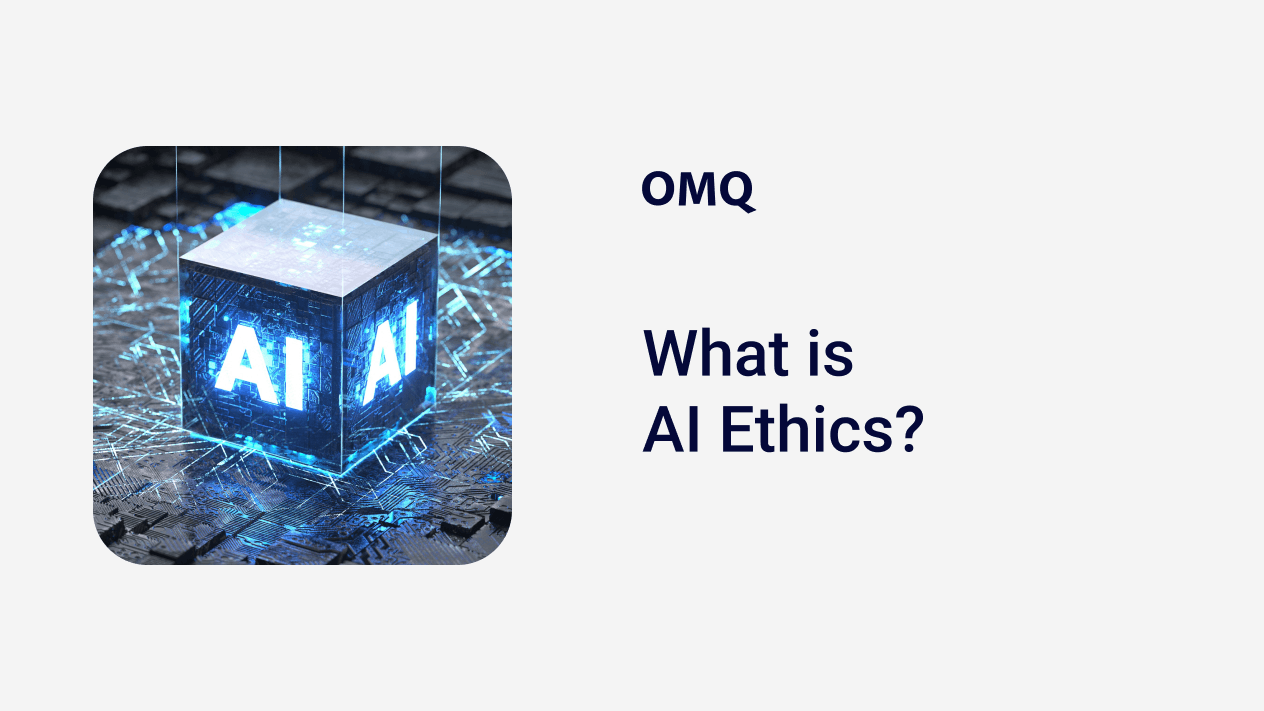Chatbot
What Are Rule-Based Chatbots?
Discover the world of rule-based chatbots and understand how they differ from text-based bots. Learn more about their functionality, applications, and future trends.

With increasing digitalization, companies are relying more on chatbots to efficiently handle customer inquiries and automate processes. One of the oldest and most proven technologies in this field is rule-based chatbots. These bots operate based on predefined rules and decision trees to provide structured responses to frequently asked questions.
But how exactly do these chatbots work, what advantages do they offer compared to AI-powered systems, and where do they reach their limitations? In this article, we take a detailed look at rule-based chatbots, their applications, and the challenges they present.
Rule-Based Chatbots: Definition
Rule-based chatbots are computer-assisted systems that interact with users through predefined rules and decisions. These bots rely on specific keywords or phrases to trigger responses and often use dialogue trees to simulate conversations.
A major advantage of this type of bot is its simple programming compared to AI-based chatbots. However, they lack flexibility, as every user input follows a predetermined path.

This is how rule-based Chatbots work.
Applications of Rule-Based Chatbots
Rule-based chatbots are used in various industries:
- Customer Service: Assisting with inquiries.
- E-Commerce: Managing order statuses and returns.
- Healthcare: Scheduling appointments and recording patient information.
- Travel Industry: Handling bookings and providing information.
These bots are particularly useful for routine tasks where predictable answers are required.
Difference Between Rule-Based and Text-Based Bots
The main difference between rule-based and text-based (AI-based) bots lies in their capabilities. While AI-based bots use machine learning and NLP (Natural Language Processing) to interact naturally, rule-based bots are limited to predefined conversations.
AI-based bots can handle complex queries and learn from interactions, enabling personalized and contextually relevant responses.

Difference between rule based and text based bots.
Advantages of Rule-Based Chatbots
Rule-based chatbots offer consistency, reliability, and cost-effectiveness for handling routine inquiries. They are suitable for simple tasks where responses are predictable.
Implementation of Rule-Based Chatbots
The implementation of these chatbots involves several steps:
- Defining tasks
- Collecting data
- Creating flowcharts for conversation paths
- Translating them into bot language
Testing is crucial before deployment.
Conclusion
Rule-based chatbots are ideal for specific use cases with predictable and structured interactions. While they provide a cost-effective solution for simple tasks, companies looking for more dynamic learning capabilities should consider AI-based chatbots. The choice between these types should align with business goals, the complexity of customer interactions, and budget considerations.

